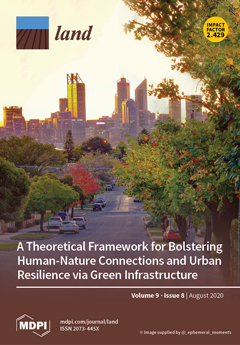A Conceptual Framework to Design Green Infrastructure: Ecosystem Services as an Opportunity for Creating Shared Value in Ground Photovoltaic Systems
This paper presents a conceptual framework that looks at photovoltaic systems in synergy with ecosystem services. The focus is to connect business success with social and ecological progress based on the operative concept of multifunctional land use. Such an approach attempts to harmonise the needs of the industrial processes of photovoltaic systems and the ecological and social needs of the landscape context. Different from the usual design of ground photovoltaic systems in farmlands or brownfields, a new framework is proposed, combining photovoltaic panels and vegetation.


